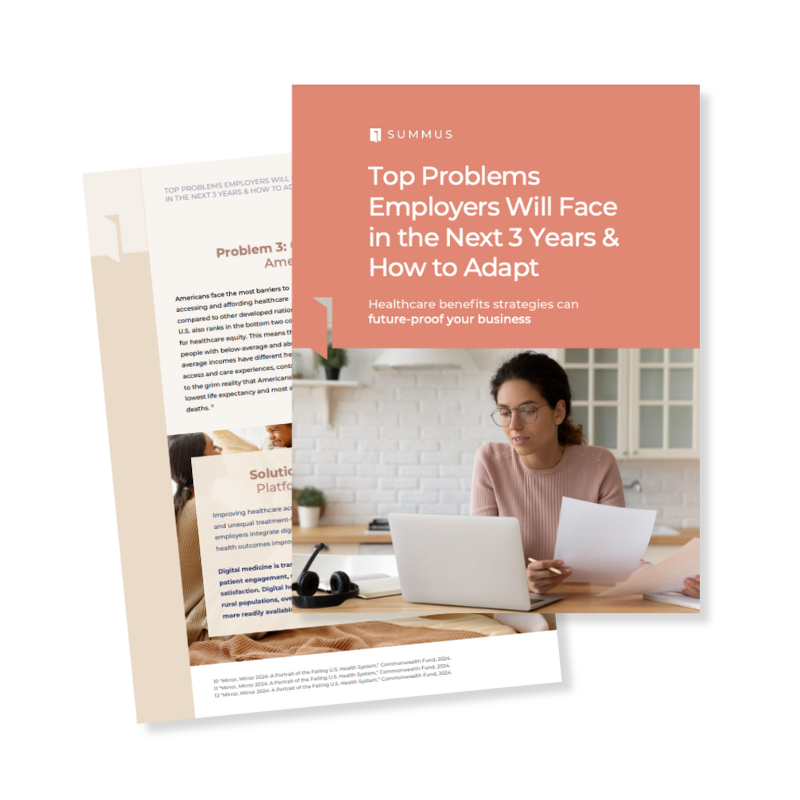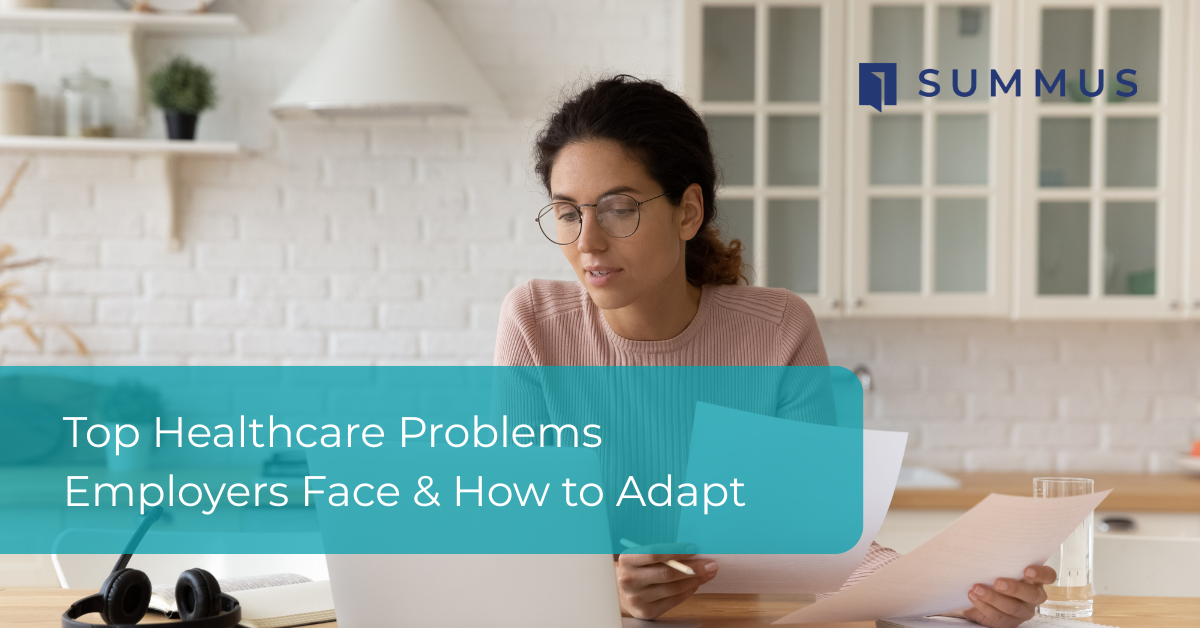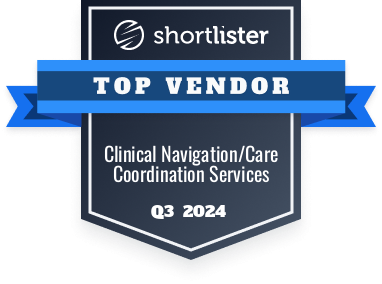The healthcare landscape is changing rapidly, creating challenges for HR and benefits leaders who must balance rising costs, employee retention, and overall workforce wellbeing. With commercial healthcare spending expected to rise by 8% in 2025—the highest increase in over a decade—employers are under mounting pressure to adapt their benefits strategies to remain competitive while safeguarding their employees’ health.
What’s at stake? Employee engagement is at an 11-year low, and wellbeing has declined by 50% since 2009. In an era where talent attraction and retention are already challenging, organizations that fail to provide meaningful, accessible, and cost-effective benefits risk falling behind.
Top Challenges Facing Employers
1. Soaring Healthcare Costs
Rising costs are squeezing budgets, with expensive specialty drugs, chronic disease prevalence, and unnecessary procedures contributing to the financial burden. But increasing employee out-of-pocket costs only leads to dissatisfaction and disengagement.
What Employers Can Do: Investing in doctor-led preventative care and structured disease management programs can help mitigate costs. Research shows that between 30-50% of all cancer cases and 80% of chronic conditions are preventable with early intervention and proper management.
2. Overcomplicated Benefits Ecosystems
The rush to implement digital health solutions over the past few years has resulted in an overwhelming number of point solutions, leading to administrative headaches and low employee utilization. In fact, 60% of Americans find the healthcare system unnecessarily confusing.
What Employers Can Do: Simplifying and integrating benefits—combining medical, dental, vision, and wellness programs—reduces complexity, improves engagement, and enhances care outcomes.
3. Gaps in Care Quality
U.S. healthcare ranks poorly in accessibility and equity compared to other developed nations. High costs, insurance complexity, and provider shortages make quality care difficult to obtain, especially for lower-income employees.
What Employers Can Do: Digital healthcare platforms help bridge the gap, offering employees easier access to specialists, virtual care, and chronic disease management tools.
4. The Mental Health Crisis
Workplace stress, anxiety, and depression are rising, negatively impacting productivity and job performance. Yet many Employee Assistance Programs (EAPs) fall short in addressing these needs.
What Employers Can Do: Companies must move beyond traditional EAPs to offer comprehensive wellbeing programs, including virtual therapy, stress management resources, and leadership training to foster a culture of mental health support.
The Future of Employer Healthcare Benefits
To remain competitive and control costs, HR and benefits leaders must embrace innovation and optimize their benefits ecosystem. Key trends shaping the future of healthcare benefits include:
- Personalized Healthcare Solutions – Tailored medical plans and individualized health coaching will be essential.
- AI and Automation – Streamlining administrative processes and optimizing healthcare navigation.
- Digital Health Technologies – Wearables, health apps, and real-time data tracking for proactive health management.
- Emphasis on Health Literacy – Helping employees understand and utilize their benefits effectively.
- Whole-Person Healthcare – Addressing physical, mental, and social wellbeing holistically.
- Strategic Benefits Adjustment – Prioritizing high-impact programs while eliminating underutilized offerings.
Download the Full Guide

HR leaders must take proactive steps to future-proof their benefits strategies. Our latest eBook, Top Problems Employers Will Face in the Next 3 Years & How to Adapt, provides a deep dive into these challenges and offers actionable solutions to help your organization thrive.
Download now



